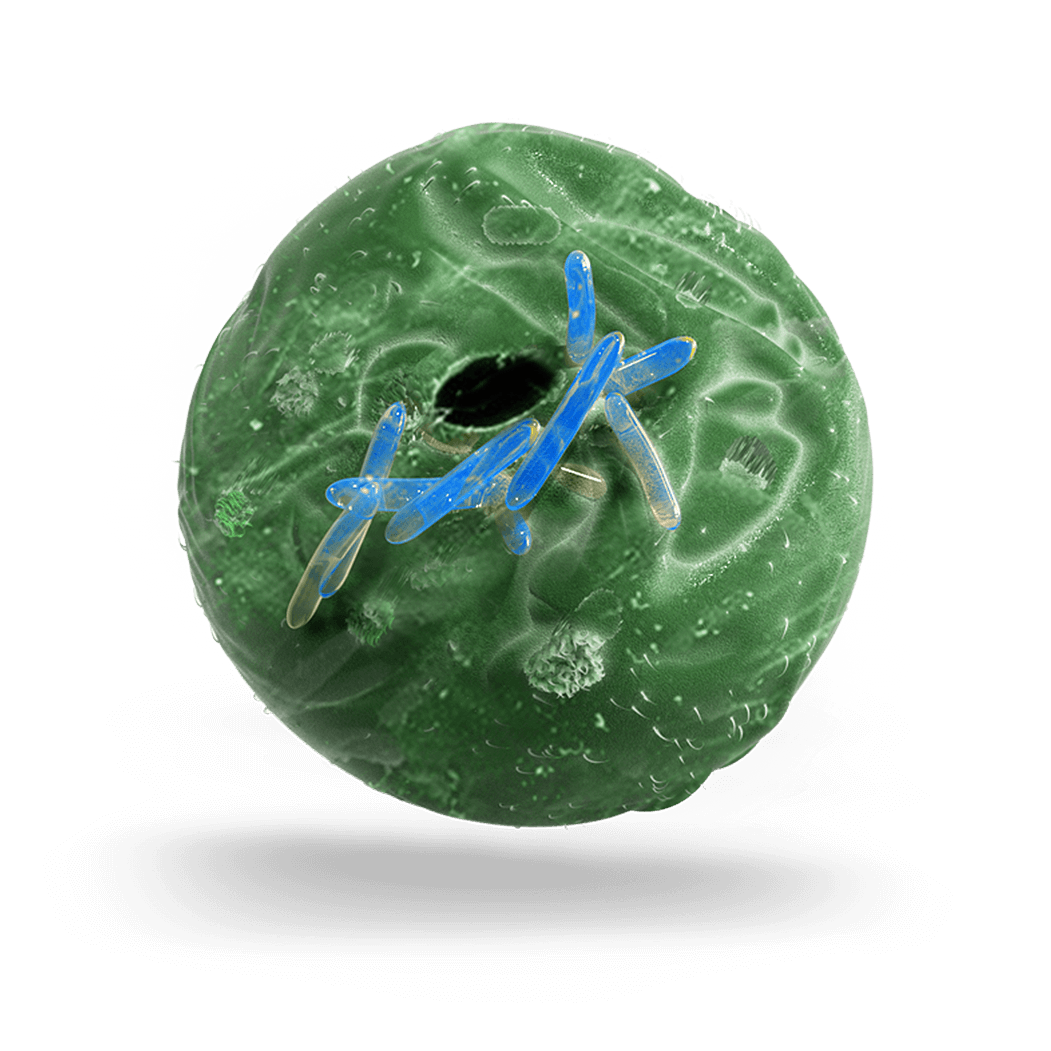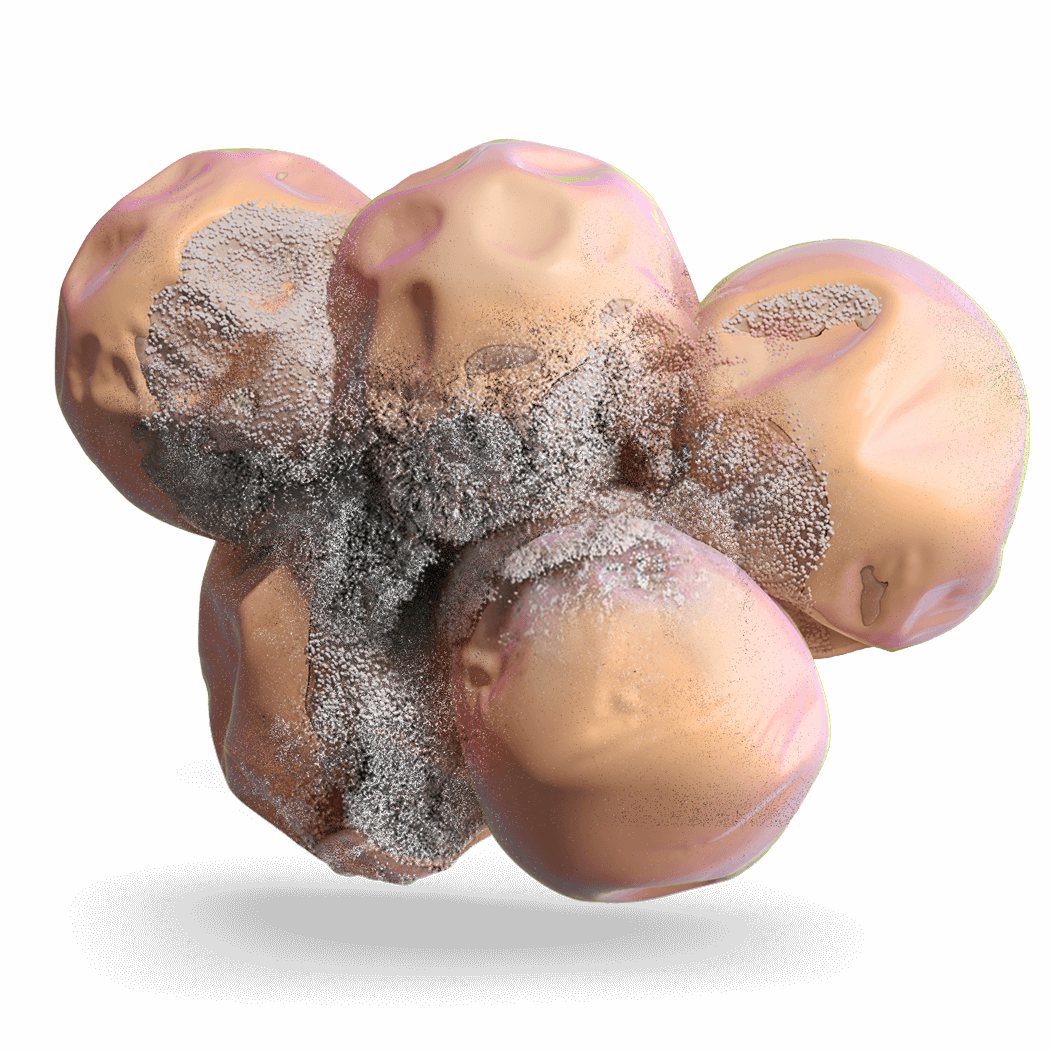Bacteria
Bacteria are single-celled microorganisms, usually with a size of 1-2 µm, that cannot be seen with the naked eye. Bacteria are among the microorganisms that colonize plants successively as they mature. Individual bacterial cells cannot be observed without a microscope, however, large populations of bacteria become visible in the form of aggregates in liquid medium, such as biofilms in plants, viscous suspensions plugging the vessels of plants, or as colonies in plaques. Petri in the laboratory. Generally, populations of 106 CFU (Cologne Formation Units / milliliter) or larger are required for bacteria to function as biological control agents, for beneficial purposes, or as pathogens, causing infectious diseases.
Conoce másFungi
Pathogenic fungi are organisms that cause diseases to their host, which can be animal or plant, and can cause premature death. Phytopathogenic fungi are of great importance because they cause large economic losses in most agricultural crops. The knowledge of the factors that influence changes in fungal populations will allow us to know how quickly a pathogen can evolve under a given environment.
Conoce másInsects
Insects are a class of six-legged invertebrate animals included within the Phylum of arthropods. The latter are characterized by having the body divided into segments to which different appendages are attached (legs, antennae, wings), in addition to having it covered with chitin, from which they need to detach to grow by successive molts. The main classes within this group are crustaceans, arachnids, myriapods and insects, the latter differing from the rest by having the body divided into three regions (head, thorax and abdomen), and possessing a pair of antennas, two of wings and three pairs of legs.
Conoce másNematodes
Nematodes are tiny worm-shaped animals that inhabit the ground. Most of these organisms do not present any threat to agriculture, since they feed on fungi, bacteria and other organisms. Nematodes can enter the root and live within it, or feed outside it. In addition, because they live under the ground and because of their size they cannot be observed with the naked eye, the diagnosis of nematode problem usually becomes complicated.
Conoce más.png)
.png)






